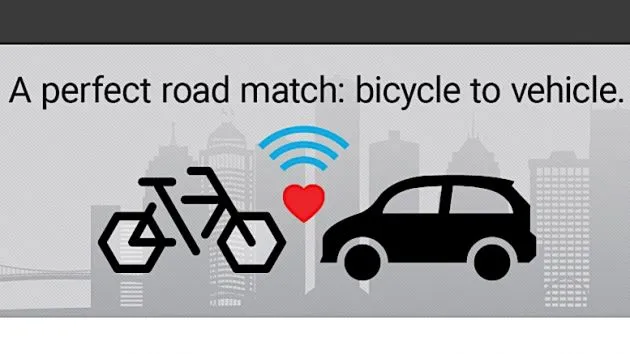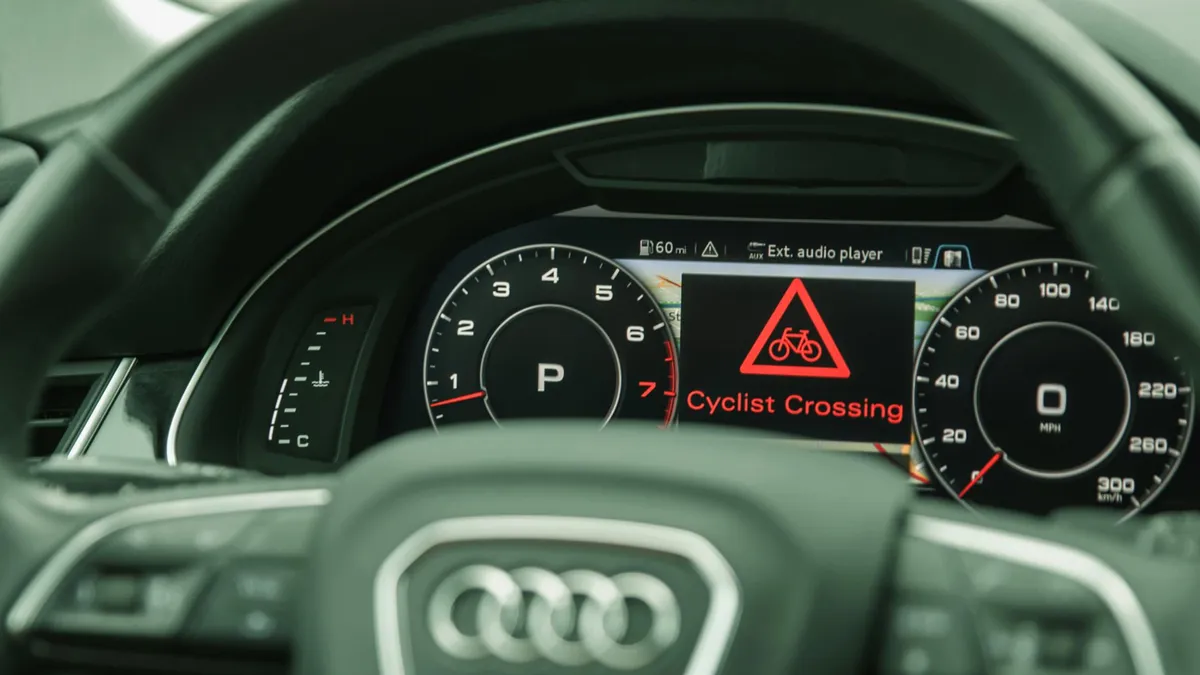A new bicycle-to-vehicle executive advisory board has been formed with representatives from Ford, the software company Tome and 11 bike companies to improve road safety through interactive technology between bikes and cars. Trek, Ford and Tome have been working on the B2V concept for close to a year already. They've collaborated on an artificial-intelligence system that would allow cars, bikes, and even infrastructure (think: roads, stoplights, bike lanes) to 'talk' to one another.
- Cars and drivers owe a big thanks to bicycles
- Trek wants bikes to talk to cars
- Uber's driverless cars failing to merge with bike lane
The bike companies involved
Ten bike-industry powerhouses, along with Ford and Tome, have joined Trek in developing the B2V communication technology. Alphabetically, the bike companies involved are:
- Accell North America (Redline, Raleigh, Diamondback, Torker, Haibike, XLC)
- Bosch
- Dorel Sports (Cannondale, Schwinn, GT, Fabric, Sugoi, Mongoose, Guru, Charge, Sombrio)
- Giant Bicycles
- Orbea
- Shimano
- Specialized
- SRAM
- Stages Cycling
- Trek Bikes
- Quality Bicycle Products
“Bicycle and automotive safety innovation extend beyond any single company, city or technology. In the City of Tomorrow, a mobility system will see all modes of transportation speaking a common language and working together," said Jim Holland, vice president, Vehicle Components and Systems Engineering, Ford Motor Company. “Assembling this advisory board of industry leaders and business competitors underscores how important the work to get there is and highlights the support and organization that will be needed to set the cross-industry standards for years to come.”
Safety for all
“Trek is dedicated to actively seeking innovative ideas and working with like-minded partners on easily-accessible solutions that will enhance the safety of cyclists and pedestrians,” said Scott Kasin, electronic products manager for Trek Bikes.
“Working with the automotive leaders and bicycle industry competitors is a momentous step in forming a bipartisan advisory board that will oversee the development of bicycle-to-vehicle safety solutions. We’re excited that both the cycling and automotive industries have seen the value and potential that B2V has and will be collaborating to bring it to life.” added Kasin.
Acronym soup: B2V, C-V2X
Cellular Vehicle-to-Everything, (C-V2X for short), is the overarching system that B2V falls into. C-V2X is what vehicle manufacturers are working on so their automobiles can communicate with their surroundings and behave safely and competently.
How will it look on bikes?
Cars have large front and rear ends to hide sensors and transceivers, but what about bikes? And how will it function? Ideally, the sensors would be built into new bikes in seamless, elegant manner.
Powering the system could also prove to be a hurdle on bikes that do not use an electric drivetrain. On those that do, the B2V systems could use the drivetrain power source. Maybe, instead of batteries, it'll signal the return of dynamos?
To retrofit existing bikes, hopefully, the technology will be small enough, and maybe more importantly for fickle gram counters, light enough to be an add-on like a taillight is now.

